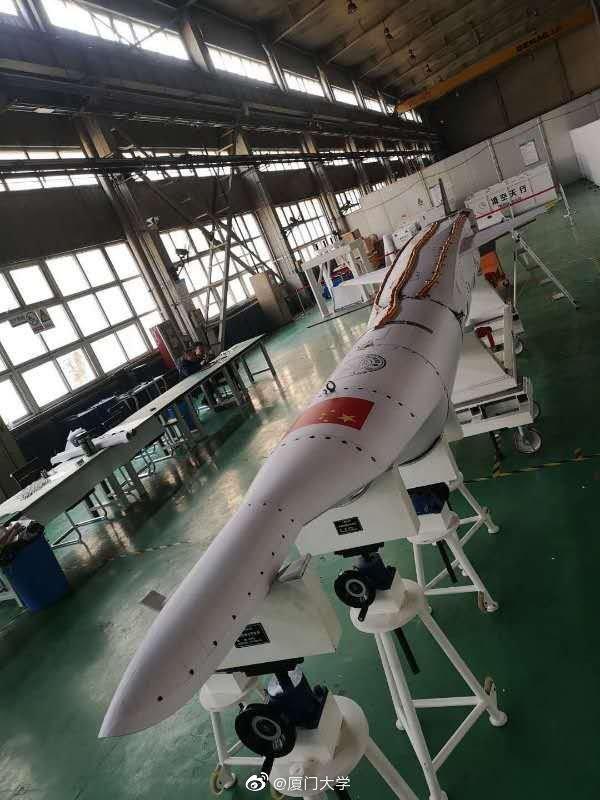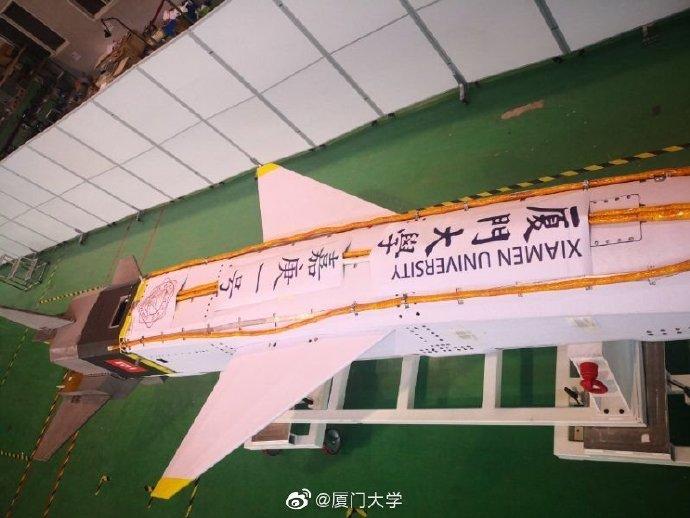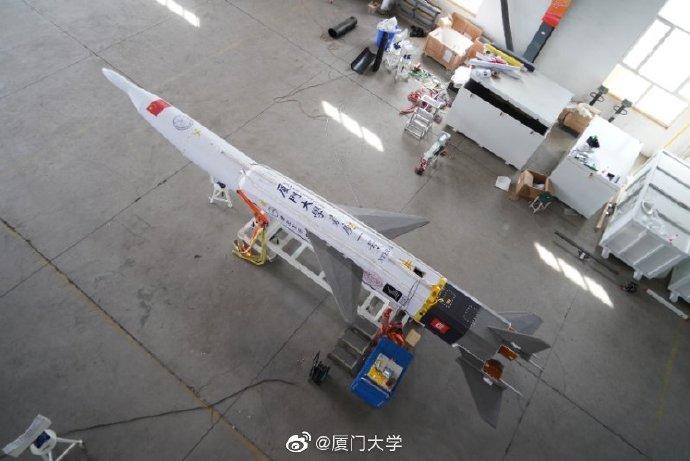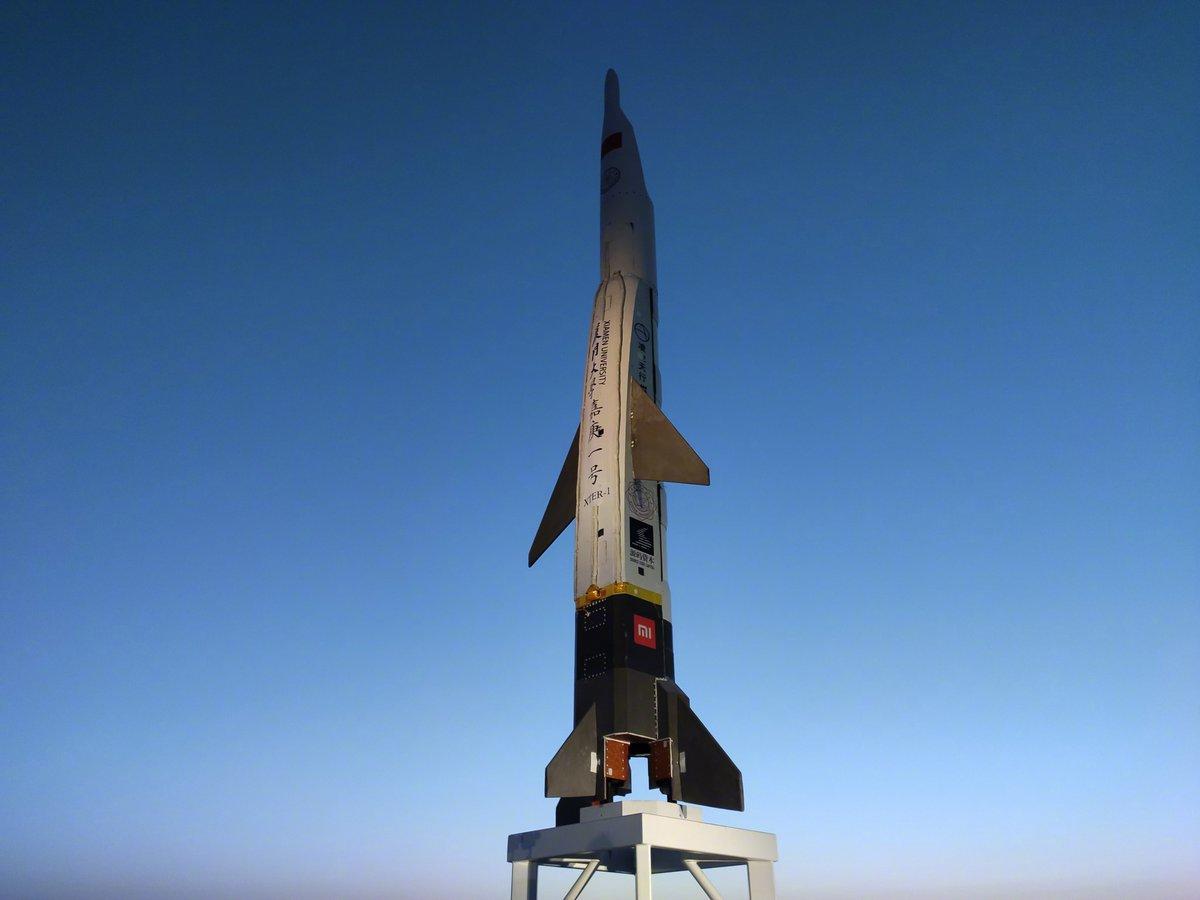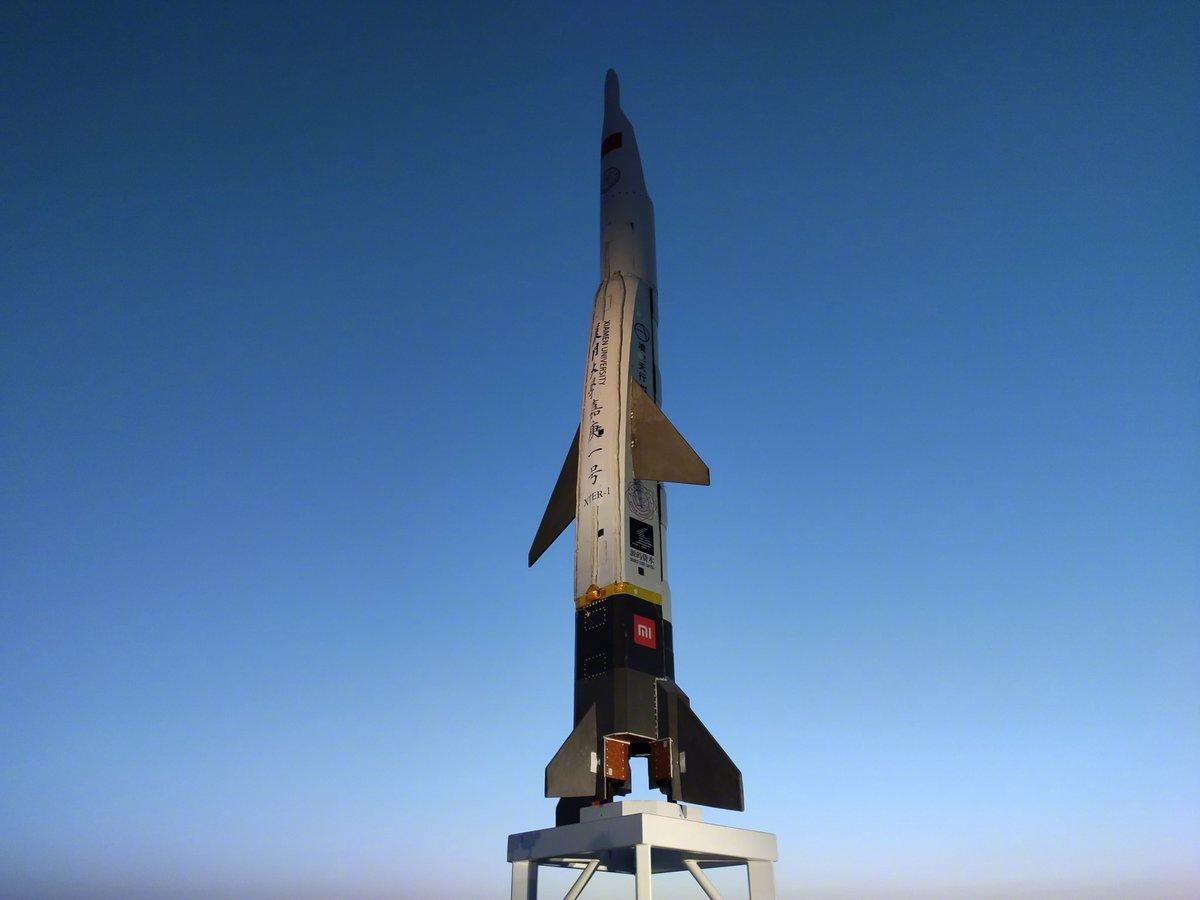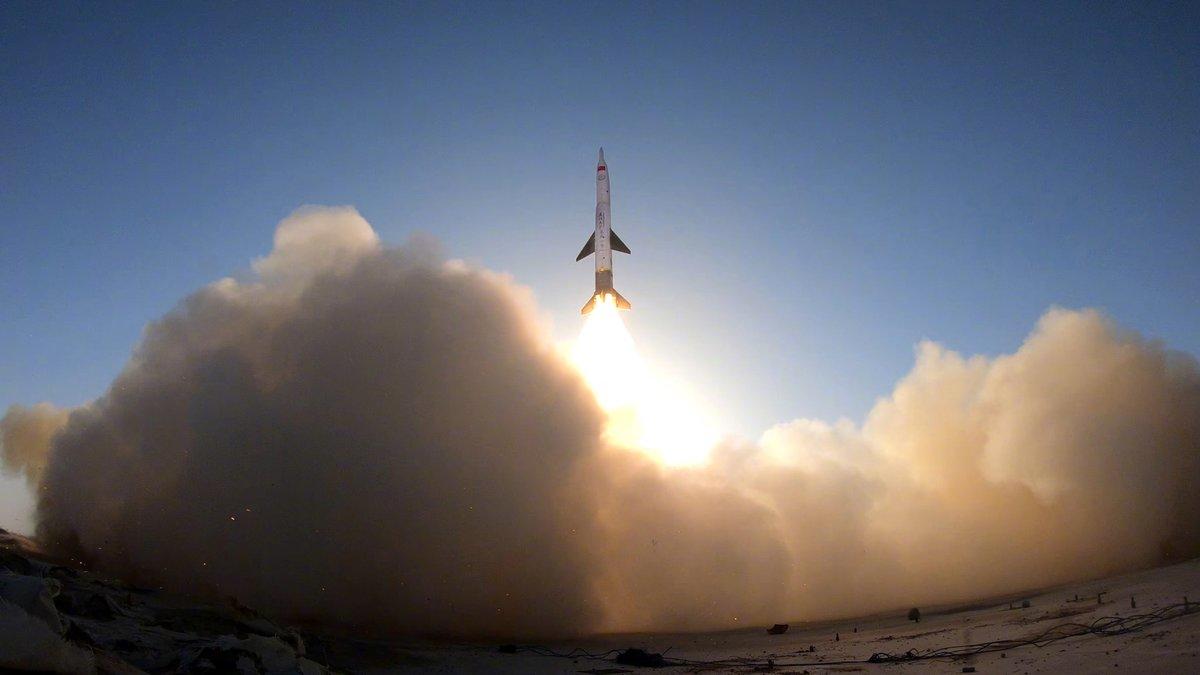According to a Weibo post by Xiamen University, “Jia Geng No. 1” hypersonic rocket, developed by Xiamen University Aerospace Academy and Beijing Lingkong Tianxing Technology Co., Ltd., was successfully tested in Northwestern China.
The pictures, embedded in the post, show the Jia Geng No. 1 rocket to be 28.5 feet long by 8.2 feet wide and weighing a little over 8,000 pounds.
The rocket features a gas turbine that could accelerate the vehicle to more than Mach 3, and has characteristics of a hypersonic ramjet engine.
The purpose of Jia Geng No.1 is likely to examine shockwaves at hypersonic speeds.
The Shanghai Morning Post notes that Xiamen University is the first university in the world to have developed and flown a hypersonic rocket.
“We call [the design] the double waverider,” said Zhu Chengxiang, an assistant professor at the university’s School of Aerospace Engineering and part of the Jia Geng No. 1 team.
Unlike American hypersonic rockets such as Boeing’s X-51 Waverider, which rides on a hot layer of gas known as a “shock wave,” the Jiageng-1 No.1 rides on two layers of shock waves, one underneath the rocket and the other in the air intake of its ramjet engine.
The Jiageng-1 No.1 has several innovative advantages over Western hypersonic rockets: it can transition from supersonic to hypersonic speeds with ease, and the design produces more lift allowing it to travel further with more efficient fuel consumption.
Chengxiang said the Pentagon is deeply disturbed by China’s rapid development of hypersonic vehicles and had tried to severe Chinese scientists’ collaboration efforts with Western researchers.
Another Weibo post by Xiamen University shows the hypersonic rocket in flight. The rocket flies throughout the Stratosphere with a maximum altitude of about 90,000 feet. During the test, the rocket performed as planned after making some maneuvers to “reproduce real flight conditions and conduct aerodynamic tests,” then glided down and deployed a parachute to land safely on the ground.
Xiamen University Aerospace Academy with Beijing Lingkong Tianxing Technology Co., Ltd. successfully launched and recovered the reusable winged suborbital JiaGeng-1 technology tester rocket. (max alt 26.2Km)
ℹ:https://t.co/kxtCxLBAla pic.twitter.com/zJE3sB6QJF
— LaunchStuff (@LaunchStuff) April 23, 2019
The Post said details of the flight were classified because the project was partly funded by the government.
Chen Yong, an associate professor of physics who was part of the team at Shanghai Jiao Tong University, said the test by Xiamen University was historic.
“Conducting hypersonic study in a university is quite difficult, especially when it comes to the stage to bring the concept from laboratory to the sky.”
Xiamen University is striving to develop a hypersonic aircraft capable of two hour flight time to any airport in the world, although the team acknowledged that such a goal was several decades out.
US Air Force Lt. Gen. Samuel Greaves, director of the Missile Defense Agency, said last year that he supports Undersecretary of Defense for Research and Engineering Michael Griffin’s push to develop space-based sensors that would defend the nation from hypersonic attacks by America’s adversaries [China and Russia].
“The hypersonic threat is real, it is not imagination,” Lt. Gen. Greaves explained last summer at the Capitol Hill Club.
Griffin warned that the US could be falling behind in hypersonic arms race.
“In the last year, China has tested more hypersonic weapons than we have in a decade. We’ve got to fix that.”
The latest Chinese hypersonic rocket test – exposes just how far the US is behind the curve.
via ZeroHedge News http://bit.ly/2DMdWIT Tyler Durden
